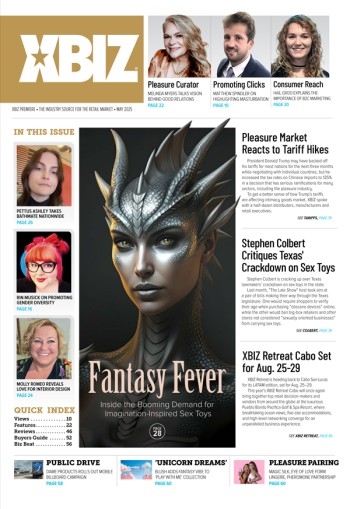Earlier this year, the use of mobile apps overtook PC usage by American consumers for the first time in what signifies a shift in the way that audiences interact with the Internet, and information in general.
According to comScore, 2014 kicked off with 55 percent of the Internet usage in the U.S. coming by way of a mobile device, with apps accounting for 47 percent of Internet traffic, and the remaining eight percent attributed to mobile browsers. Compare this to the 45 percent of Internet access via PC. While mobile devices had previously eclipsed PCs for Internet access, this is the first instance of app usage that exceeds online PC use.
The beauty of the direct carrier billing process lies in its simplicity and ubiquity: if enabled, it can be utilized by anyone with a mobile phone, allowing content providers to monetize digital content through the hundreds of millions of consumers who lack credit or debit cards. -Dr. Windsor Holden
For context, the Pew Internet Project reveals that as of 2014, 90 percent of American adults own a cellphone, with 58 percent of American adults having a smartphone. Tablets are now owned by more than 42 percent of American adults, while 32 percent own an e-reader — highlighting the diversity of access available to today’s multi-device homes.
And this is only the beginning.
New releases from Samsung have helped heat 2014’s tablet market, which is further set to swell this summer when Google’s highly anticipated 8-inch Nexus tablet is expected to be joined by new devices from Apple and Amazon, helping to position the tablet as the emerging web surfing platform of choice.
Although many tablet and smartphone users prefer to surf the web via a Wi-Fi connection, when it comes to convenience, few things can transcend the app experience or the ease of direct carrier billing.
For example, Juniper Research and mobile payment experts DIMOCO offer a timely white paper (www.dimoco.us/download.html) projecting a sunny future for digital content delivered to mobile devices, which finds mobile operator transactions where digital content purchases are billed directly to the customer’s mobile phone bill may be the ideal payment method, due to its ubiquity of availability.
Some of the highlights of the white paper include the projection that the European digital content market will grow from nearly 16 billion euro in 2012 to around 29 billion euro in 2017 — doubling the current revenue rate across the region in a short five years, where handset penetration has now already exceeded 120 percent, including a fast increasing percentage of 12-15 year olds who own smartphones — this latter point underscoring the need for effective age verification measures on adult sites and apps.
Of course, revenues are dependent upon a profitable means of monetization, and with a reported 283 million adults across Europe without credit or debit cards, direct carrier billing provides perhaps the best opportunity to implement a widely accessible mobile payment mechanism, with this easy access leading to greater profits.
“The beauty of the direct carrier billing process lies in its simplicity and ubiquity: if enabled, it can be utilized by anyone with a mobile phone, allowing content providers to monetize digital content through the hundreds of millions of consumers who lack credit or debit cards, or who simply don’t want to register a card,” Juniper’s Research Director, Dr. Windsor Holden, explains, adding “Where carrier billing has been deployed, not only do conversion rates rise sharply, but there is a marked increase in average transaction values.”
In fact, the white paper notes that direct carrier billing implementations have seen 10 to 14 times the conversion rate of initial credit card transaction rates — with content providers also seeing average transaction values increase more than 40 percent — when offering their wares via direct carrier billing.
The white paper also cites Juniper Research’ belief that the value of digital content being billed via direct carrier billing will increase from just shy of 790 million euro last year to surpass 5.2 billion in 2017, representing an average annual growth rate of 46 percent.
In conclusion, the white paper offers content providers some timely advice: ensure that your billing platforms also enable direct carrier billing via both PCs and TVs, in order to monetize new opportunities in multi-screen content.
“Laptops, smartphones, mass market phones, stationary PCs or tablets — we live in the multi-screen era and so does the target group in the adult content segment,” DIMOCO CEO Gerald Tauchner told XBIZ. “As a mobile payment provider, we specialize in billing digital content via cell phone billing. This makes it essential to keep an eye on trends in this area.”
In another collaboration with Juniper Research, DIMOCO discovered that more than 45 percent of Western Europeans purchased digital content on their smartphones or tablets in 2013. Additionally, the report finds that more than one-third of tablet viewing time is devoted to long form content exceeding an hour in length, with Adobe adding that the average session time for all tablet content is 24 minutes — versus 13 minutes on a smartphone.
“This makes it all the more important to provide payment opportunities which can be used on every digital screen, to gain maximum benefit from this broad reach,” Tauchner said.






